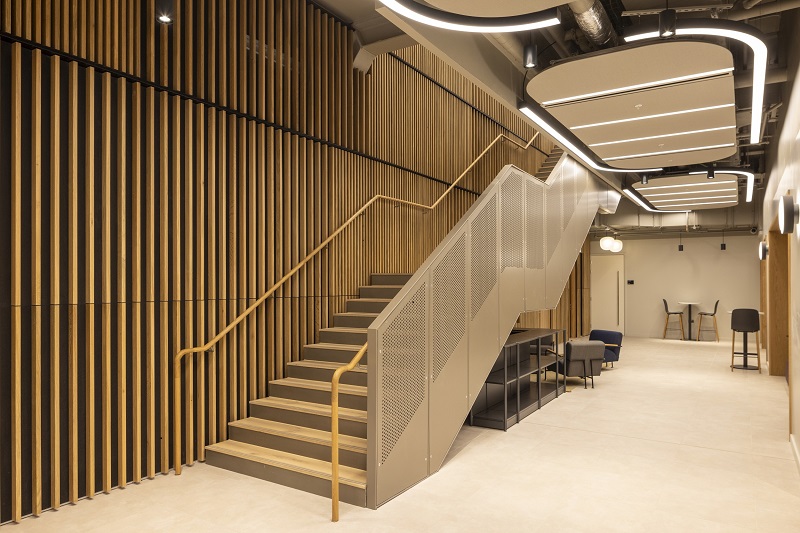
Pilkington Planar, structural glazing system, helps create an impressive entrance for the new Blackfriars station.
With thousands of visitors descending on London in 2012, some of the city’s more aged infrastructure desperately needed upgrading. Blackfriars and Stratford Regional were among the railway stations chosen for major redevelopment.
Pilkington Planar, the innovative structural glazing system, was a key element of the new design of both stations. Its use went a long way to helping create stations suitable for a 21st century Olympic city.
A vital central London interchange on the Thameslink cross city route, the new Blackfriars station reopened in February 2012. Schemes to improve the station’s 1970s design had been in the pipeline for almost 20 years before engineering and construction firm Jacobs Engineering were chosen to deliver Pascall and Watson’s concept of a brand new station for Underground and over ground rail passengers.
Key to the proposal was the development of a new entrance to the station, on the south bank of the River Thames, in addition to a new, bright and airy concourse area for passenger interchange. Where Blackfriars had previously only been accessible from the north bank, the new station’s National Rail platforms now stretch out of the terminus building and across the Thames southwards. This makes it the first station in the UK to be built across a major river.
Central to the success of this redevelopment was the creative use of the Pilkington Planar structural glazing system, to create a memorable and practical design solution. Pilkington Planar provides a bolted glass surface for façades and internal walls, utilising stainless steel fittings housed in countersunk holes to fix the glass directly back to the structure. The result is a fully engineered system offering all of the properties of conventional framed façades, with the minimum of visual obstructions.
The realities of life at a busy central London station mean that strong safety and security performance had to be incorporated into the design. Thick, toughened and laminated panes of security glass were combined with extra-clear Pilkington Optiwhite™ low-iron glass panels, with a laminated neutral tint, and fitted with Pilkington Planar™ four point stainless steel castings. The system was designed to be flexible, in order to absorb excessive loading should the need arise. This innovative solution ensured passenger safety and security could be balanced with Pascall and Watson’s, vision for a light, airy and spacious station.
Pilkington Planar glazing was also chosen for major work to Stratford Regional station ahead of the Olympic and Paralympic Games earlier this year. The refurbished and upgraded station now incorporates a total of 650m² of Pilkington Planar™ structural glazing.
Using Pilkington Planar provides the station with an imposing facade and incorporates glass and stainless steel that created a bright and fresh look for the Games. A new glazed link joins the existing station to the recently completed station concourse and new platforms; allowing passengers to move between the existing over ground and Underground lines safely.
An additional mezzanine gateline1, provides a stunning new entrance to the station, providing access from the Olympic village directly into Stratford Station. It consists of a 6m tall laminated glass wall supported by 19mm thick, toughened glass fins enabling a clear view out of the station.
Both the mezzanine gateline and the glazed link were integral to the smooth and swift movement of the large volumes of passengers during the games. Already one of the capital’s major rail interchanges, Stratford Station helped represent the UK’s transport system in the best possible light for tourists and athletes alike during the Games. Pilkington Planar played a key role in making this possible.
Both projects raise the bar as examples of modern station innovation – from a key hub for the Olympics to a central London commuter station reaching over the Thames – and Pilkington Planar sits at the heart of both. Its use enabled the respective architects, Jacobs Engineering and Hawkins Brown, to create the beautifully light spaces while successfully meeting all passenger safety and security performance requirements.
With thousands of railway stations dotted across the UK, and most built several decades ago, it’s likely that we’ll see even more use of the Pilkington Planar system in years to come. As any rush hour commuter will tell you, this can only be a good thing.




















